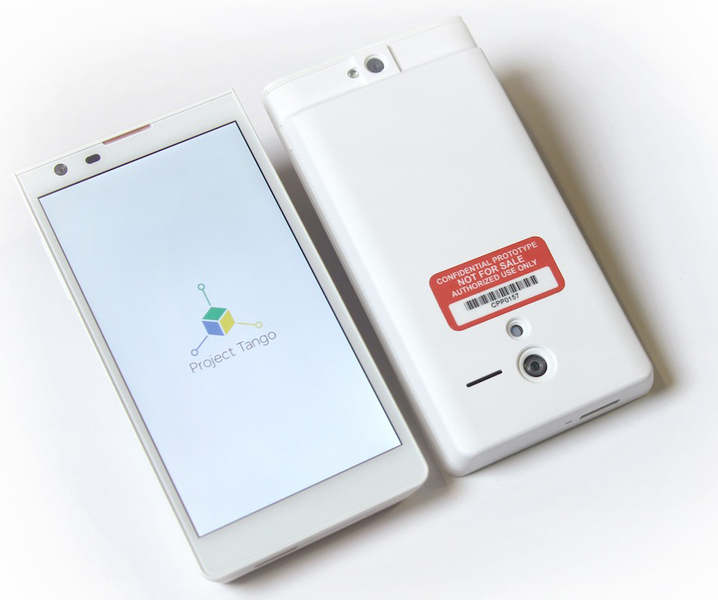This Thursday, the people from the Advanced Technology And Project (ATAP) group at Google unveiled a new project that looks rather interesting.
The project, named ‘Project Tango’, aims to change the way smartphones perceive the world around us. Currently, the world as our smartphones see it stops at the boundaries of the screen. Your phone is generally not aware of what’s outside the view of its camera, which also is a 2D view. We use our eyes to observe the size and shape of objects around us. We memorize their positions and layout almost effortlessly. This awareness of the world around us is what enables us to interact with our environment.
The objective of Project Tango is to bring this capacity to our smartphones. To make this happen, the team behind the project worked closely with universities, research labs and other partners in nine different countries around the world in order to gather all the research about computer vision in one place. After one year of development, they’re ready to send prototypes to developers.
The possibilities of this kind of technology are huge. You could map the inside of buildings with it, help blind people navigate in unknown environments, etc. This technology has the power to completely transform augmented reality as we know it. You could also scan your whole house before going out to buy furniture, for instance, so you can check if that beautiful piece of furniture you’re checking out fits where you would like to place it. You get the idea, this has a huge potential.
The current prototype has a sensor capable of making over 250,000 3D measures per second, all while creating a tridimensional map of what’s around you, in real-time. The phone uses Android and includes multiple APIs to make the sensor’s data usable by third party applications.
I find this project to be very interesting and can’t wait to see what application developers will come up with. However, I can’t help but think about the privacy issue this kind of technology inevitably raises… Wait and see.
Finally, here’s the video presentation of the project:
Sources: Google ATAP

